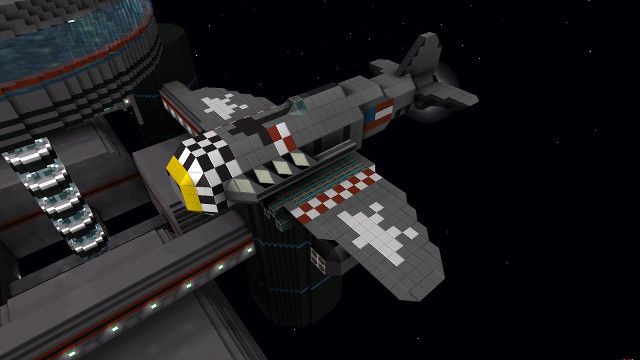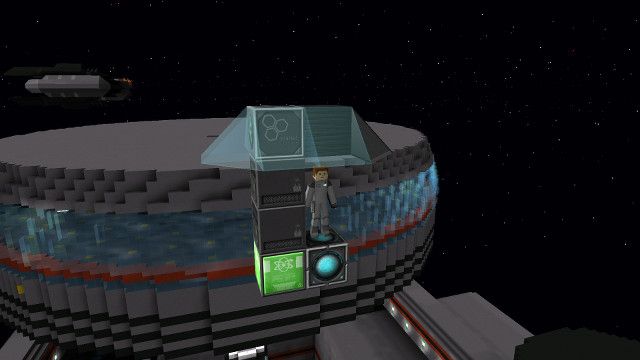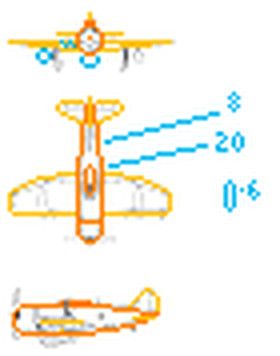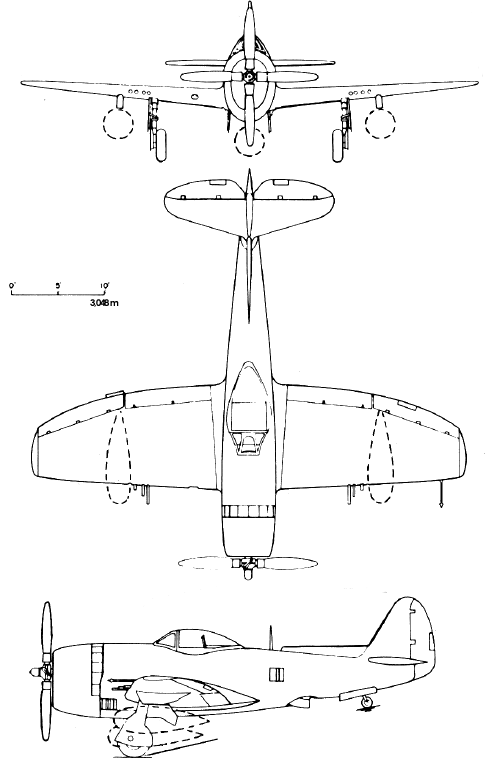My designs come from a number of places. They are inspired by a purpose that I conceive for a ship, images I find in online searches, and just plain doodling. As I sketch out an idea, I start thinking about how well I can translate the idea into Starmade. Where will turrets be placed? How will I board the ship? Will it be able to land on a planet?
Two strong strategies for good building that have been brought up have been: draw it out on paper first and build a frame to start. I've often said in threads like this one that another important thing to keep in mind is the scale of everything. Make sure you know how large each part of your ship will be in relationship to one another. You probably want to frame out turrets, fighters, and important aspects of your ship before you get too far along. This will help you avoid ending up with over-sized turrets on your hull, or shuttle bays that can't fit the planned ship.
My ships don't tend to have a lot of external detail. I favor a smooth hull unless I see a reason for a break. Generally, I'm thinking from the aspect of aerodynamics (if it can enter atmosphere) and armor deflection. At the same time, I want a ship that is sleek and stylish. I favor wedges and corners to create clean and cool designs. That's not to say I won't find places to add structural details, but they are generally in recesses and areas that are not supposed to see much combat.
Two strong strategies for good building that have been brought up have been: draw it out on paper first and build a frame to start. I've often said in threads like this one that another important thing to keep in mind is the scale of everything. Make sure you know how large each part of your ship will be in relationship to one another. You probably want to frame out turrets, fighters, and important aspects of your ship before you get too far along. This will help you avoid ending up with over-sized turrets on your hull, or shuttle bays that can't fit the planned ship.
My ships don't tend to have a lot of external detail. I favor a smooth hull unless I see a reason for a break. Generally, I'm thinking from the aspect of aerodynamics (if it can enter atmosphere) and armor deflection. At the same time, I want a ship that is sleek and stylish. I favor wedges and corners to create clean and cool designs. That's not to say I won't find places to add structural details, but they are generally in recesses and areas that are not supposed to see much combat.





